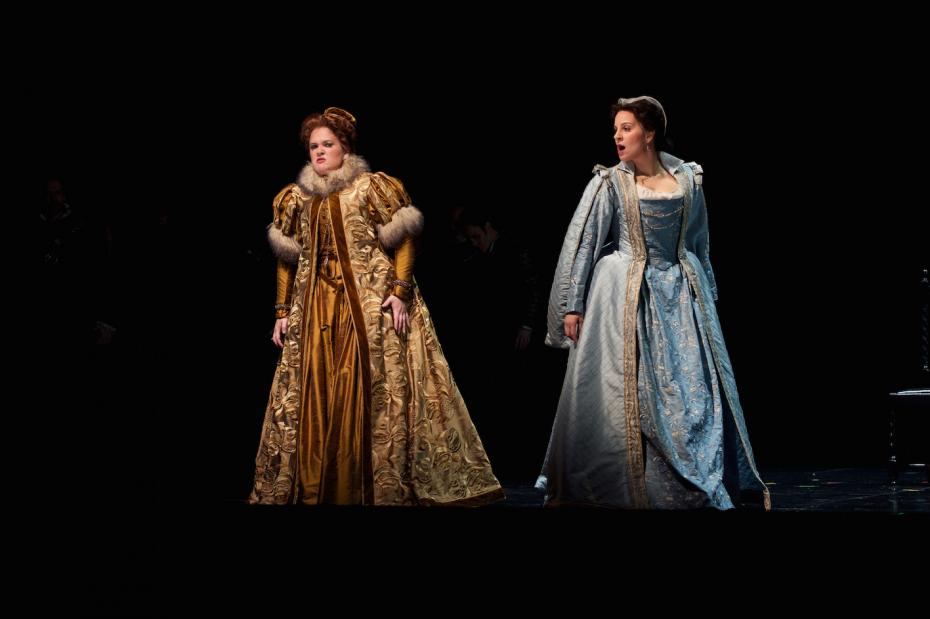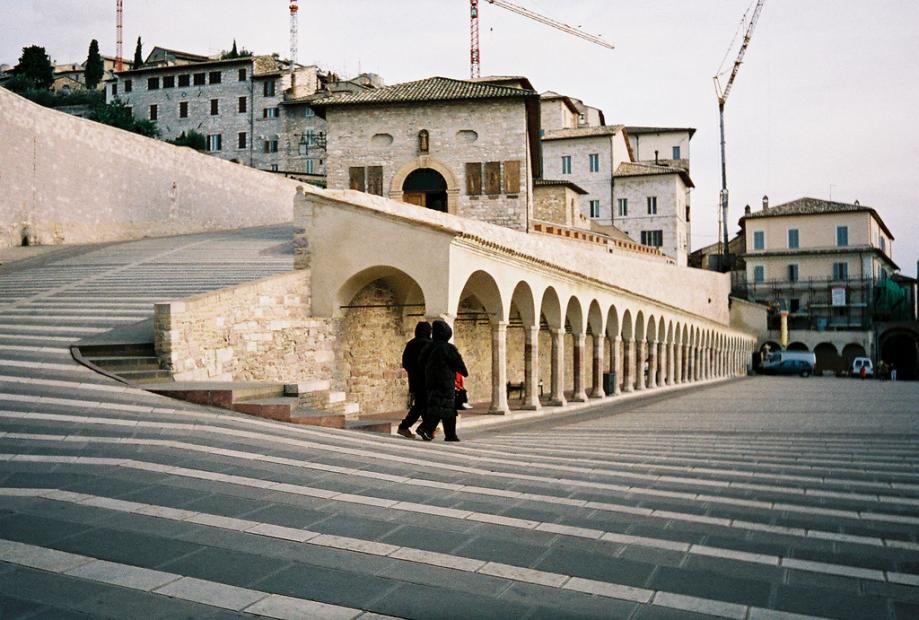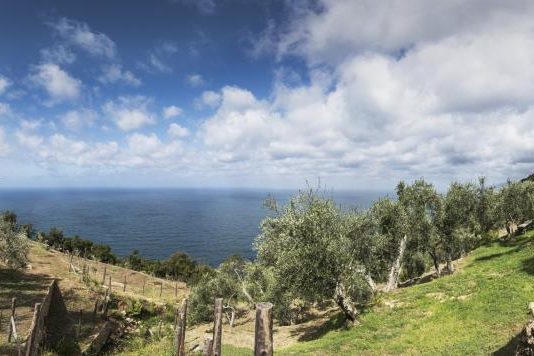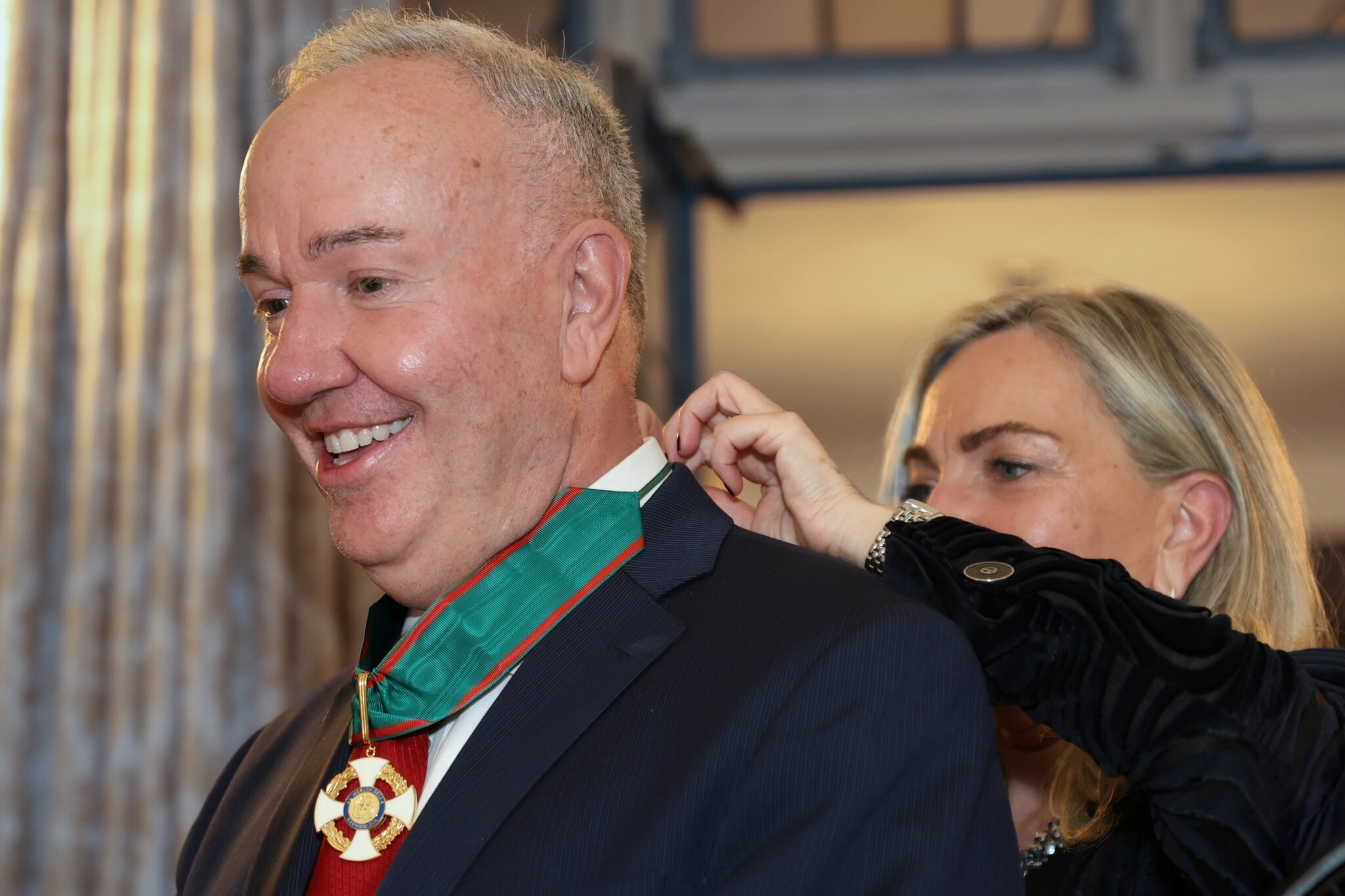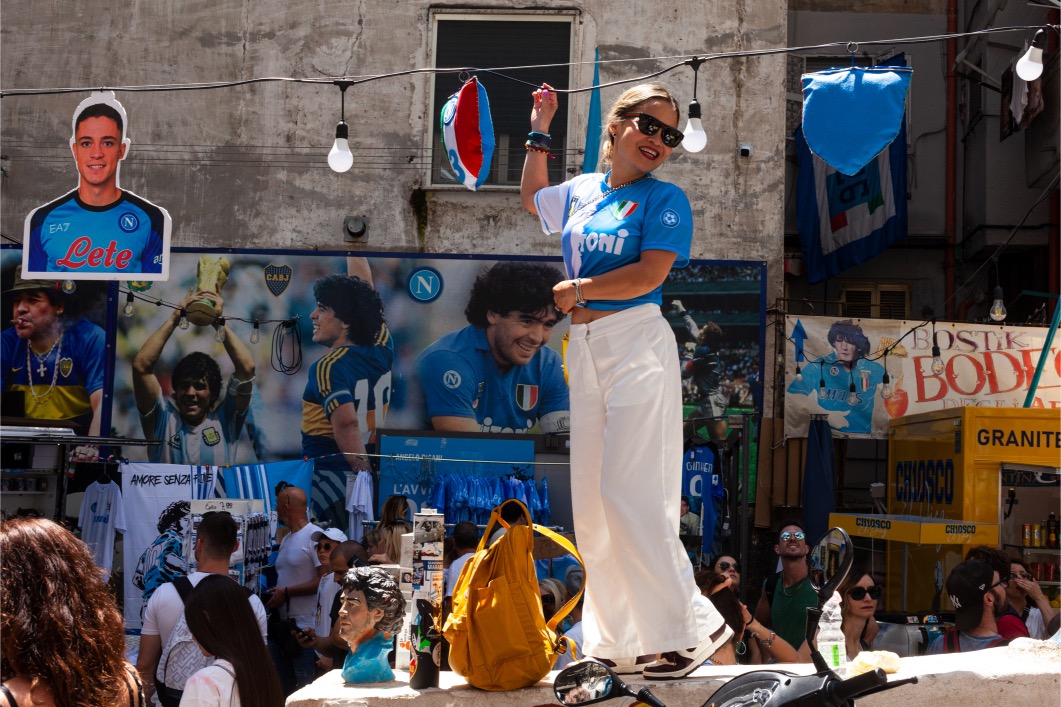What better theme could there be for an opera than the intense rivalry for the English throne between the two real-life queens: Mary, Queen of Scots and Queen Elizabeth I of England? It is hard to imagine a more compelling story. That’s what Gaetano Donizetti must have thought when he created his opera Maria Stuarda (Mary Stuart). This elaborate story, which ends with the sad demise of Mary, apparently captivated his imagination along with the imagination of so many other writers, composers, and librettists over the centuries.
In literature there are more than 20,000 books that have appeared about Mary’s life. More recently there have been novels such as The Other Queen by Philippa Gregory, but one of the best-known adaptations of this story is the verse play Maria Stuart by the famous German poet Friedrich Shiller. His play that premiered in 1800 served as the basis for the libretto by Giuseppe Bardari (based on Andrea Maffei’s translation of the play) for Donizetti’s tragic opera (tragedia lirica) in two acts Maria Stuarda.
Seattle Opera is presenting their debut production featuring extravagant period costumes and the usual top-notch artists. The sumptuous 16th-century costumes, complete with the typical ornate and delicate details found in the Tudor era, help place the action in the historical context and put the rival queens at the center of Donizetti’s thrilling opera.
The role of Mary is split between two wonderful artists during the current production. One of the two sopranos is the Italian Serena Farnocchia. She hails from Pietrasanta in the province of Lucca, Italy and this is her Seattle Opera debut.
Schiller invented the confrontation of the two Queens, who by all accounts actually never met. His clever idea to juxtapose the two queens onstage highlights the drama between these two powerful women. Thanks to Donizetti’s use of this plot device from Shiller’s play, the audience is able to re-live the events of the protracted battle to control the crown of England in the much-compacted period of time that is encompassed by the opera.
It is easy to get caught up in the confrontation between these two queens. Looming in the background throughout the opera is the knowledge of the final sacrifice that Mary must make. She ultimately was imprisoned in Fotheringhay Castle where she was condemned to execution.
Perhaps one of the more compelling aspects of her story is the grace that she showed in the face of adversity up to the very moment of her death when she forgave her executioners. Her sad fate is brought home in the second act with several lovely, plaintive and emotional arias. Mary also sings a lovely duet with Talbot, the Earl of Shrewsbury, “Quando di luce rosea” (When the rosy light) confessing her sins and preparing to die.
Mary’s perspicacity in the face of certain death is encapsulated in the famous quote “Look to your consciences and remember that the theatre of the whole world is wider than the kingdom of England”. Her sage words to her triers are hauntingly relevant even today given the modern context where events within one country can have sweeping impacts on the whole world. Is it any wonder her story has had such staying power?
Thanks to Donizetti’s beautiful opera and the exquisite staging of his work by the Seattle Opera, audiences of today can re-live the incredible drama of the two queens and the redemption that Mary finds in the end.
There is so much more to know about this incredible story as well as the history of Donizetti’s opera. Here are a few helpful links to learn more:
